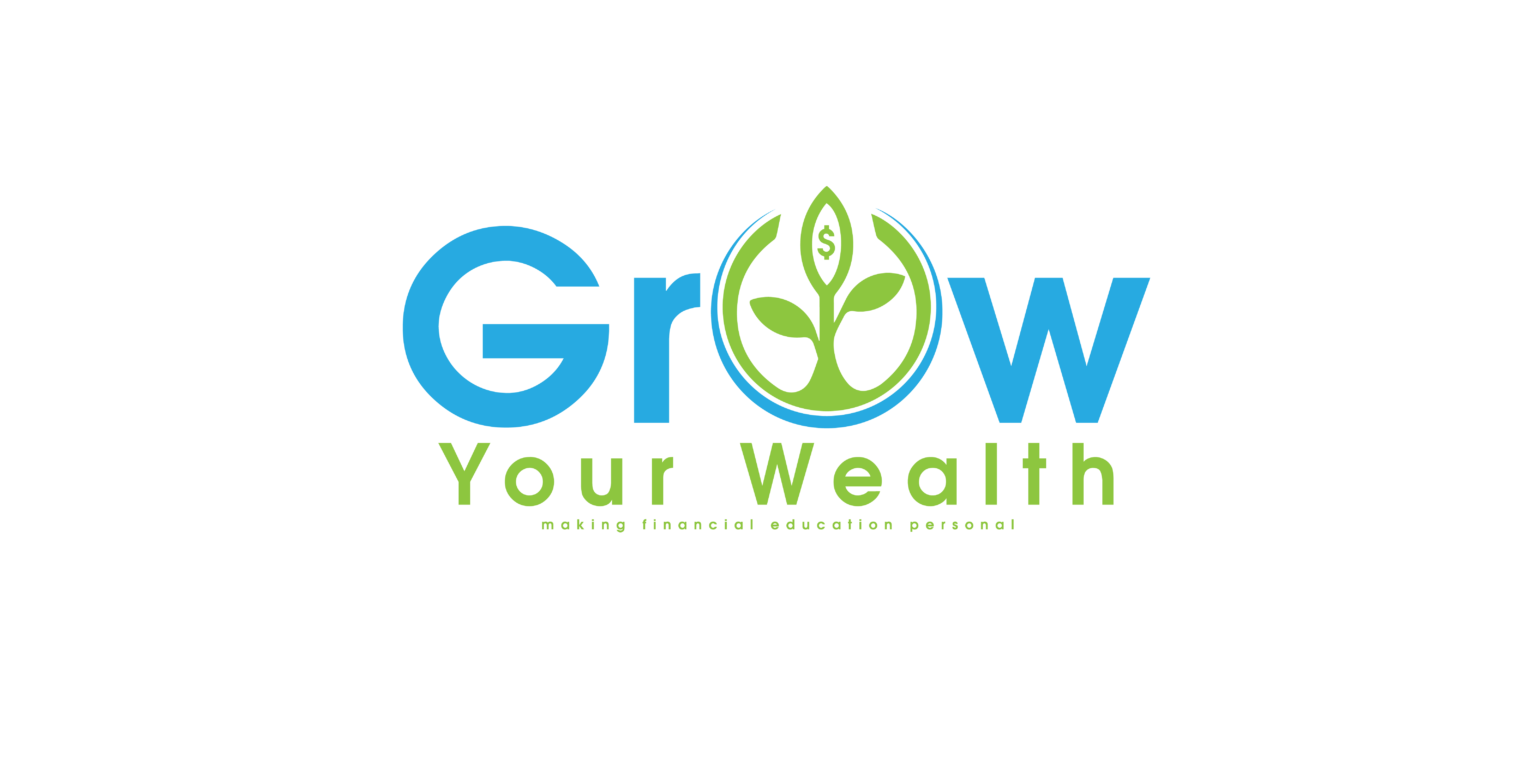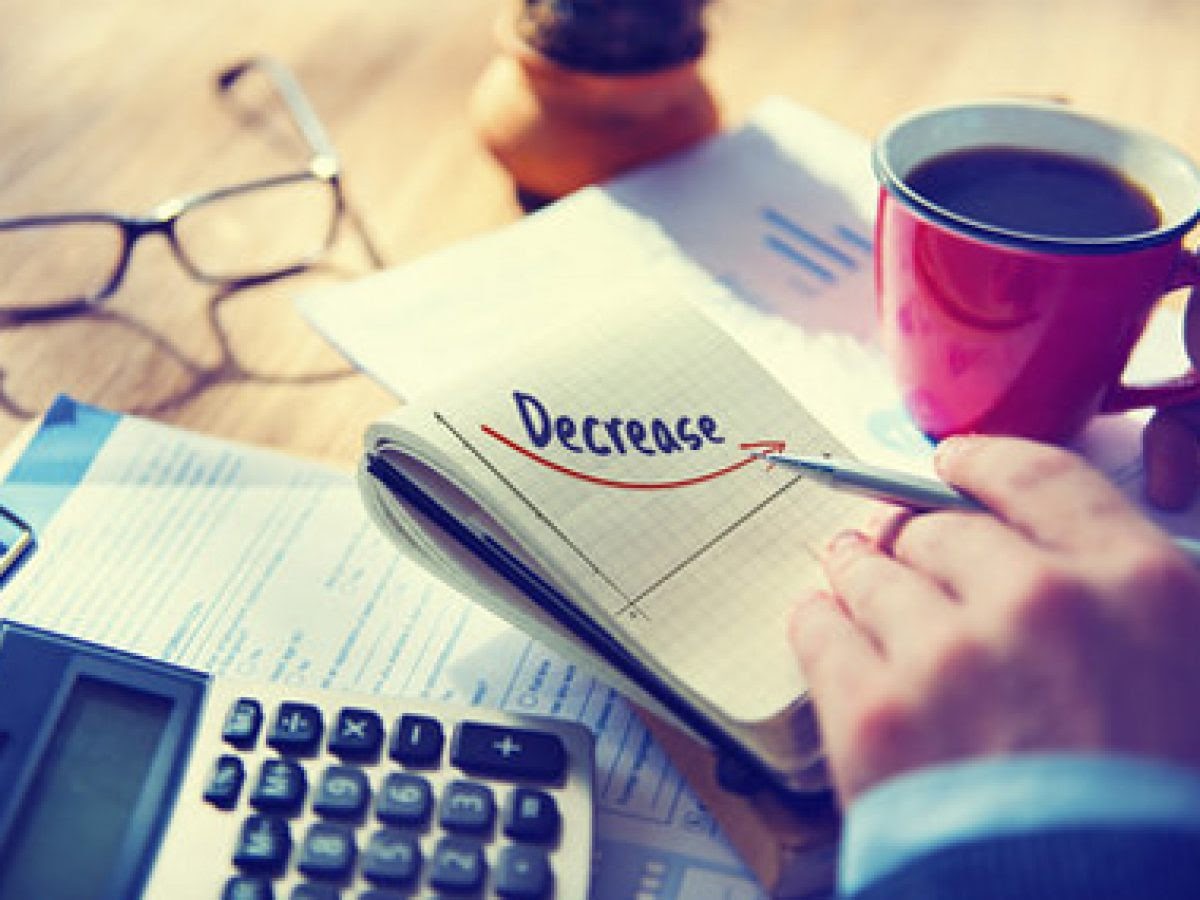- Posted on
- No Comments
- Budgeting
Wouldn’t it be great to begin reducing your debt ? I know what you might be thinking, that with all the lockdowns all over the world and the unemployment rates, how could I possibly reduce my debt. You have landed in the right place. Let’s get you started.
But before we commence, let’s address the elephant in the room. When was the last time that you sat down and took stock of all your debt and how much interest you are paying on this debt? Have you performed any kind of calculations to determine how long it would take for you to pay off these debts? This is a prerequisite before you can take the first step on this journey. Don’t be dismayed while it will take some time and commitment, it is definitely doable. The key here is to exercise patience during this time.
The harsh reality is that there is no magic wand that could make it happen. It is only you and your sheer dedication coupled with the right resources that can get you out of debt. Let’s look at the paths that you can take.
1. Cut Back On Your Spending
Look at all the places and things you are spending on. This is the first step of reducing your debt. You need to prioritize your prerequisites so that you don’t spend an extra amount on things that you actually do not need. In this article, I outline 10 quick tips on finding money in your budget.
Thus when you stop buying and start cutting back on excessive daily spending, you will be saving for the month.
2. Create A Realistic Budget

Start budgeting your income. This is how you will realize how much you need to spend along with the amount that you can save. Forgoing new clothes for a few months or eliminating the extra ordering out, and instead preparing your own meals will help you save you money. Moreover, a budget enables you to manage your expenses by allowing you to see exactly what is going out and what is coming in.
Related article: How To Recession Proof Your Finances
3. Use Your Credit Cards Wisely
One thing must be very clear in your head, if you are at a store and you know you are unable to afford the item that you are about to purchase, don’t buy it. Impulse spending is a sure way to get into debt and stay in debt. Instead of spending the extra money with your credit card at a time when you don’t actually have it, what you can do is create a plan to save for that item, and only purchase it after you have enough funds set aside for that purchase. The same strategy should be applied for online purchases.
4. Pay Off Your Bad Debt
It is imperative that you create a strategy to pay of your debt. Any goal that you set should be specific, measurable, attainable, realistic and timebound. The biggest part of that payoff journey will be your commitment to getting this done. While I would not advise that you get rid of your credit cards, I would advise that you stop using them, and only use one or 2 to pay recurring bills and immediately pay off the credit card. That way, you maintain good credit, while eliminating bad debt.
5. Get A Financial Coach

If you are unable to manage your expenses and savings, invest in financial coaching. Many people will shy away from making this investments, but it can be one of the biggest investment you make in yourself personally. By investing in a financial coach, you will get the personalized attention and strategies to not just manage your spending, but to also create a roadmap for yourself and your family that will serve you for years into the future.
About Tanya
Tanya Taylor, CPA, MBA is the founder and CEO of Grow Your Wealth. Her mission is to help 1 million professionals and business owners ditch bad debt and create a 6 or 7-figure retirement income by learning how money works in 6 steps so that they can build a legacy without feeling stuck.



